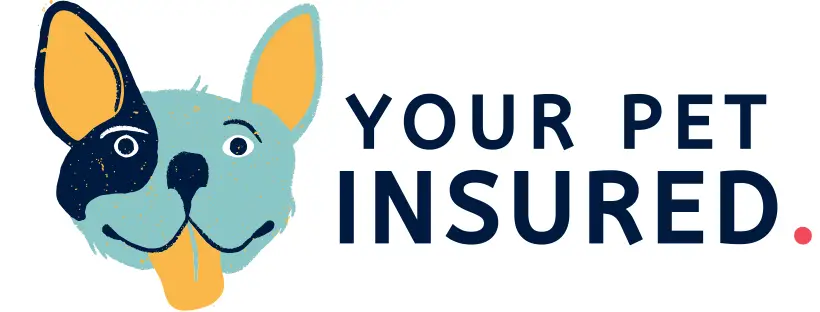Pet Insurance
- 3 levels of cover to suit your needs
- Long term cover to give you peace of mind
- No upper age limit on pet policies.
- Cats and Dogs over 8 weeks old accepted
- If you pet is lost or stolen we provide £1,000 for advertising
- Pets with premium cover are entitled to up to £12,000 in vet bills
- We include emergency dental treatment and physiotherapy
- We offer up to £3mil worth third party liability cover if your dog causes an accident
Your loyal companion is part of the family and we think they should be treated that way. Getting cover for your furry friend is a precaution to avoid expensive vet bills in case they suffer injury or illness and need medical treatment.
Why Should I Insure my Pet?
Pet insurance is seen by many pet owners as a safety net to protect them from unexpected expenses. The average pet insurance claim in the UK is £793 with certain procedures costing pet owners significantly more than that. Furthermore, for unhealthy pets with ongoing conditions, vet bills can cost pet owners thousands. When weighing up if pet insurance is worth it for you, consider the annual cost in comparison to how you would deal with an unexpected bill.
What is covered in Pet Insurance?
The main reason people take out pet insurance is to cover vet fees. Pet insurance policies vary widely with many different variants available. With add ons available, you can tailor your pet insurance policy to your pets specific needs. It is important that you understand what is and isn’t included in your policy to ensure you have the right level of cover for your pet and to not overpay for cover that you wont need.
Types of Pet Insurance and Add Ons
- Reinstatment Policy – This is where pet insurers offer a fixed amount each year to cover vet fees which is then reinstated each year when the policy is renewed. This level of cover is best suited for pets with ongoing conditions. It can be expensive but it pays in the long run for a pet who needs regular visits to the vet.
- Maximum Limit – This type of policy includes a maximum limit paid for each condition. This way you can continue to claim until the limit is reached. This can also be suitable for long pets with long term conditions and generally works out cheaper than a reinstatement policy.
- Maximum Monetary Limit – This policy type also has a maximum paid out limit for each condition but includes a maximum time limit that the condition can be claimed for. Once either the payout limit or time limit is reached the condition will no longer be covered. This is also referred to as a 12 month policy.
Many pet insurance policies offer additional add-ons so that you can tailor your policy to your pet.
Pet insurance policies may offer cover for:
- Illness, injury and disease
- If your pet dies due to an accidental injury
- Injury to third parties or damage to their property
- Holiday cancellation
- Hospitalisation of the owner (kennel fees)
- Death from Illness
- Pet travel insurance
- Alternative treatments
- Third Party Liability
What is NOT covered by Pet Insurance?
All pet insurance policies are different but there are some treatments and procedures that are generally not covered with pet insurance.
It’s not likely that your pet insurance policy will cover:
- Vaccinations
- Pre-existing medical conditions
- Routine check-ups
- Neutering
- Microchipping
- Dental treatment
- Breeding complications
- Pregnancy complications
How much to visit the vet?
A trip to the vet with typical consultation and diagnosis generally cost pet owners £60 each visit. If your pet needs treatment outside of a typical vet visit vet bills can be significantly higher.
Treatment | Average Price |
Spaying and Neutering | £40 – £20 |
Having your pet put down and cremated | £80 – £200 |
Surgery and Hospitalisation | £1,500 |
Overnight at a Treatment Facility | £150 |
Dental Treatment | £300 |
X-rays | £300 |
MRI scans | £1,000 |
Blood tests | £100-£130 |
What do i need to run a Pet Insurance Quote?
To run a pet insurance quote you will need to answer a few simple questions about your pet to determine their level of risk.
The information you will need to have at hand includes:
- Pet age
- The breed of your pet
- The size of your pet
- Your pets health and medical history
- Has your pet been neutered
- How much you paid for your pet
- Your pets behavioural history
